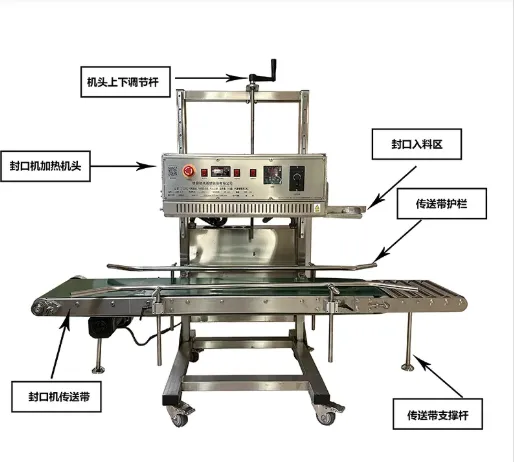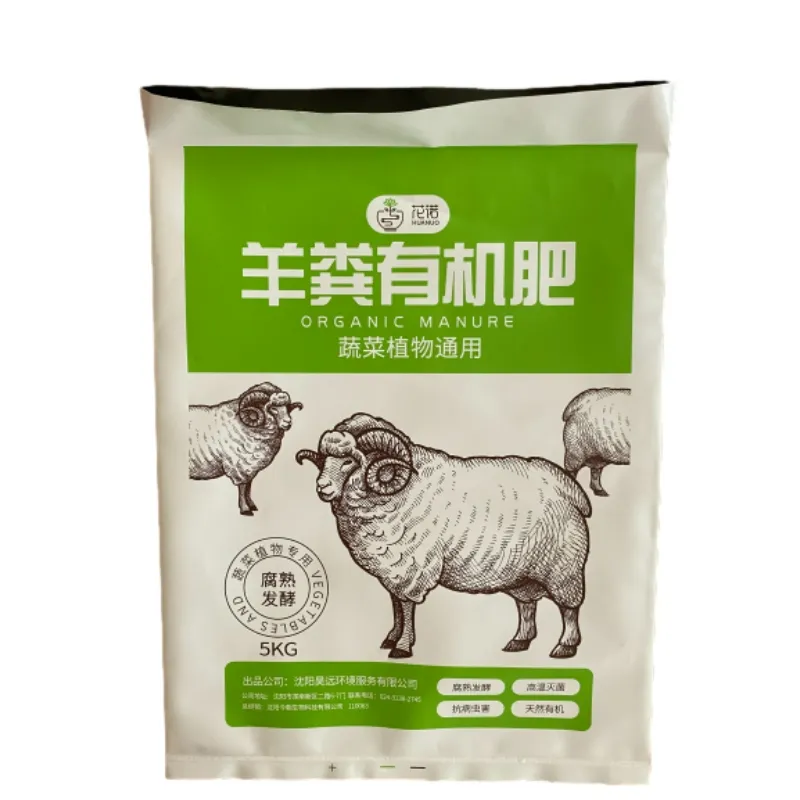Sugarcane plastic bags are revolutionizing the way we perceive sustainability in everyday products. These eco-friendly alternatives to traditional plastic bags are crafted from a renewable resource - sugarcane, which not only reduces the carbon footprint but also offers a biodegradable solution to the pressing global issue of plastic pollution.

Having spent over a decade analyzing environmental product developments, I've seen the monumental shift brought by sugarcane plastic bags firsthand. Their emergence marks a pivotal turning point in eco-product development due to their inherent properties and sustainable lifecycle. At the heart of their innovation is bio-polyethylene, derived from the ethanol found in sugarcane juice. This bioplastic mirrors the same chemical properties as conventional polyethylene, making it just as strong and versatile for daily use without sacrificing quality.
Sugarcane plastic bags are noteworthy for their contribution to reducing greenhouse gas emissions. Through the growth of sugarcane, carbon dioxide is absorbed from the atmosphere, thus neutralizing a portion of the emissions produced during their manufacturing. This carbon-neutral quality makes them an attractive option for environmentally conscious companies looking to enhance their corporate social responsibility profiles.

From my extensive experience, one of the key advantages of sugarcane plastic bags lies in their biodegradability. Unlike their petroleum-based counterparts, which can take centuries to decompose, sugarcane plastic bags break down more readily when exposed to natural elements. This significant environmental benefit positions them as a preferred choice for regions with stringent regulations against single-use plastics.
Retail and consumer markets have been particularly receptive to sugarcane plastic bags due to their dual benefits of sustainability without compromising functionality. Case studies have shown that retailers implementing these bags have reported not just reduced environmental impact, but also improved brand loyalty among eco-conscious customers. The perception of a brand prioritizing sustainable practices often translates directly to increased consumer trust and repeat business.
Apart from their environmental benefits, these bags also support local economies. Regions involved in sugarcane cultivation and processing experience economic boosts due to increased demand for raw materials. This stimulates job creation and injects vitality into agricultural economies, further boosting their appeal among sustainable product advocates.
sugarcane plastic bags
In terms of performance, sugarcane plastic bags hold up remarkably well against traditional plastics. They possess similar durability and strength, proving effective for carrying heavy loads without ripping or tearing. In tests conducted by leading environmental product laboratories, these bags have shown to perform equally well under stress and weight, bolstering their viability as a day-to-day commodity.
Transitioning to sugarcane plastics not only aligns with environmental goals but also places companies at the forefront of a poignant consumer trend—sustainable living. Businesses adopting these practices often find themselves ahead of regulatory curves, positioning themselves advantageously as legislation increasingly demands greener initiatives.
It's essential to approach the shift towards sugarcane plastic bags with a balanced perspective, recognizing both their benefits and limitations. While they provide a greener alternative to traditional plastics, their current cost margins are slightly higher, which can initially deter budget-sensitive consumers and businesses. However, as technology advances and economies of scale are achieved, it is expected that these costs will decrease, making them more widely accessible.
As a seasoned expert in sustainable product development, I recommend companies eager to adopt these innovations undertake comprehensive life-cycle assessments. Such evaluations will ensure that the full environmental impact and potential savings from reduced carbon emissions are understood and capitalized upon. From a marketing standpoint, making consumers aware of these green initiatives through clear branding strategies and transparent reporting will amplify the positive perception associated with sugarcane plastic bags.
In closing, the shift towards sugarcane plastic bags is more than a fleeting trend; it is a critical step forward in the evolution of environmentally responsible consumer products. As innovations continue to progress, these bags are set to become a staple for sustainability, paving the way for a cleaner, greener future. With their unique blend of eco-friendliness, practicality, and economic benefits, sugarcane plastic bags represent a compelling choice for businesses committed to fostering an eco-equilibrated planet.